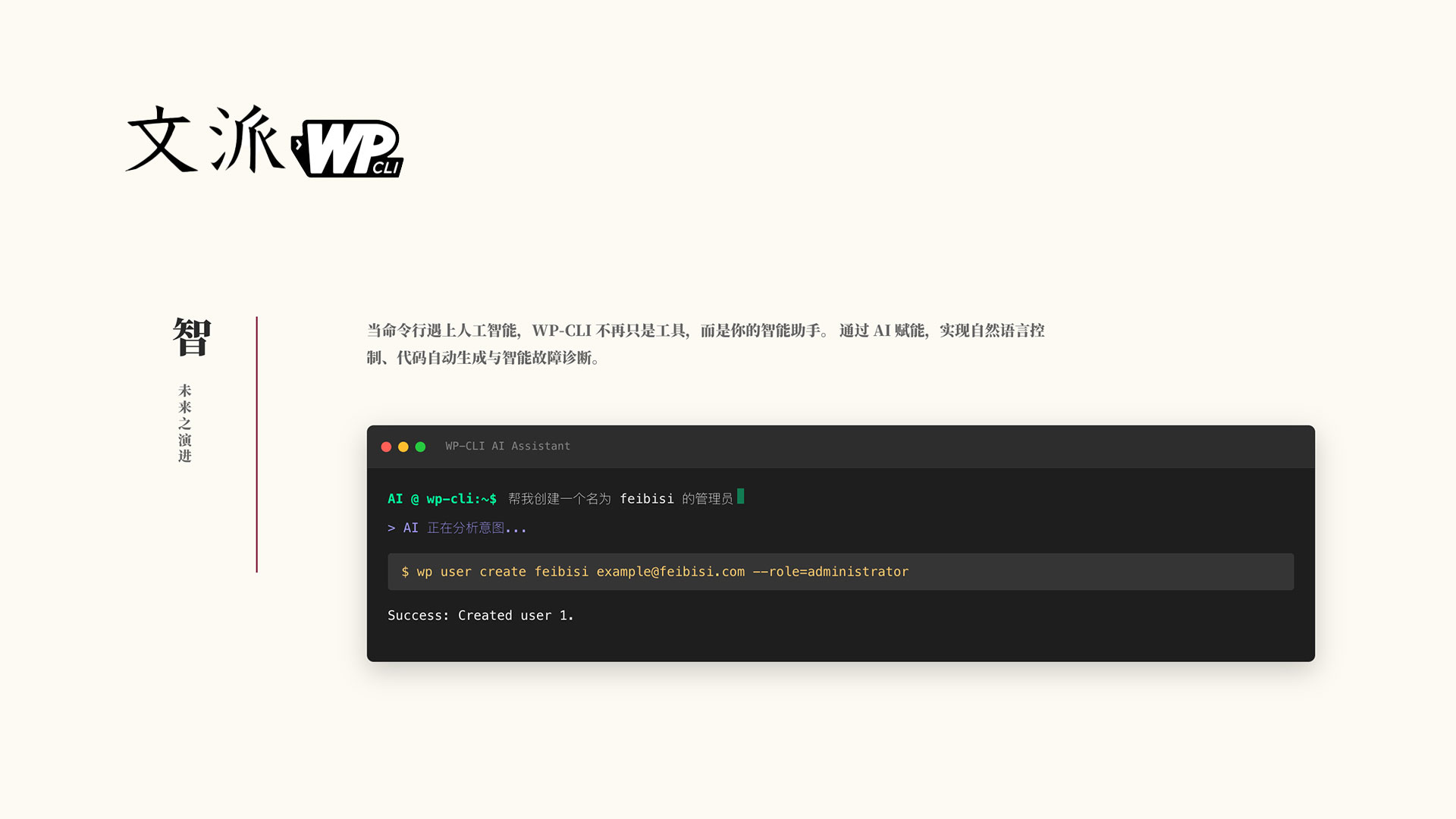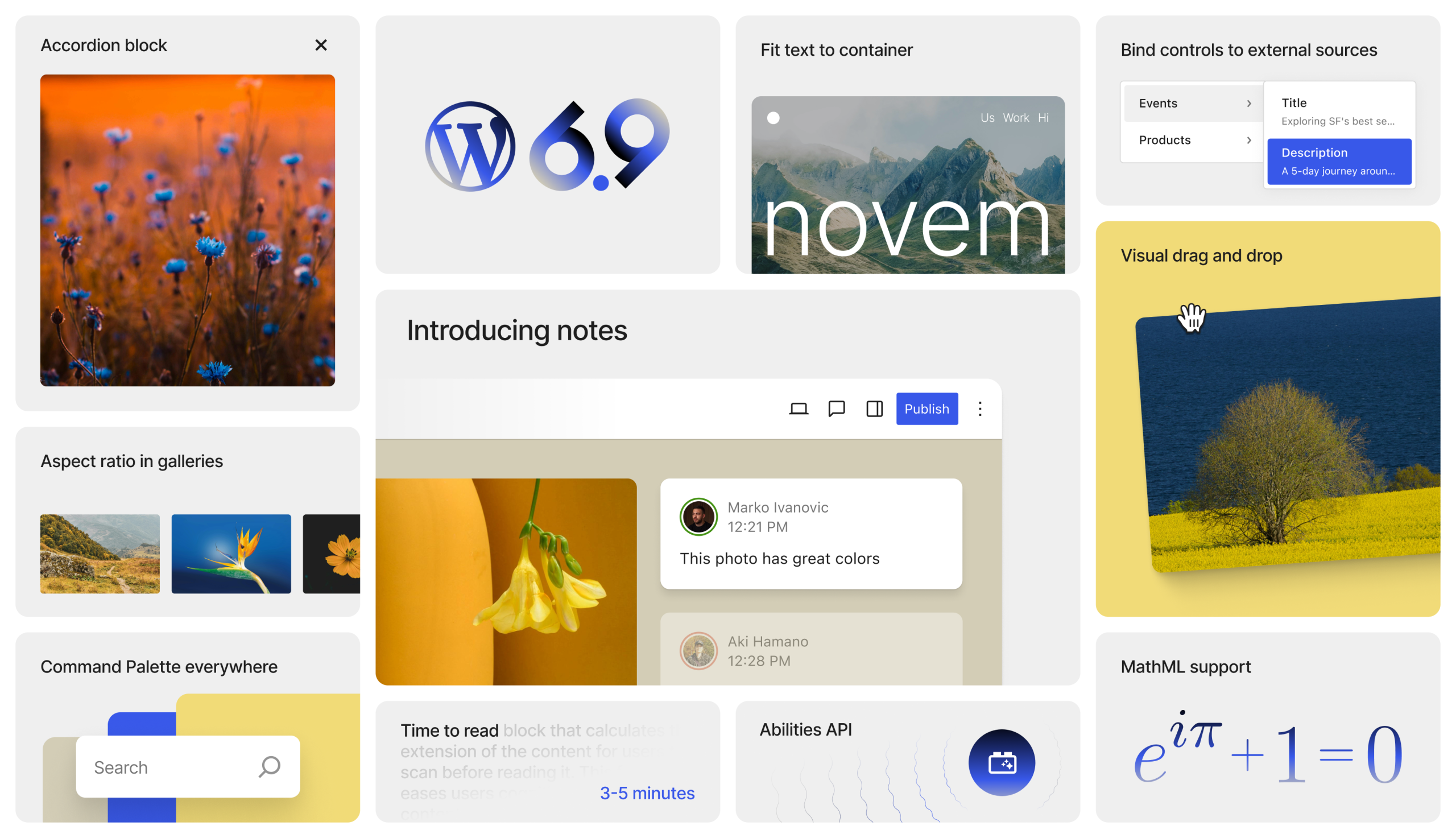在 Web 服务器世界的最新发展中,备受推崇的 Nginx 服务经历了重大转变。俄罗斯开发者 Maxim Dounin 通过宣布创建 Freenginx 引起了轰动,这是一个专注于安全性和功能性而非商业利益的 Nginx 分支。
背景
这一发展源于对 Nginx Inc. 企业政策的担忧,特别是在安全补丁分发和功能开发方面。 Freenginx 旨在为社区提供一个更开放、更透明的替代方案。
对 WordPress 托管的影响
对于 WordPress 托管提供商和用户来说,这可能意味着:
- 更快的安全更新
- 增强的性能优化
- 更好的社区驱动开发
- 减少对企业决策的依赖
随着 WordPress 生态系统的不断发展,像 Freenginx 这样的开源替代方案可能会为托管环境带来新的可能性。





发表回复